Update by 28th June 2025
Explore The Amazing Category
Technical Articles
Differential Relay: Industrial Applications

A differential relay is a protective device that operates based on the difference in electrical quantities (usually current or voltage) between two points. If the difference exceeds a predetermined threshold, the relay triggers a trip signal to disconnect the faulty section of the system. This principle ensures that only the affected part of the system is isolated, minimizing the impact on the rest of the network….Read more
Indian Electricity Rules, 1956: Earthing Systems and Earth Pit
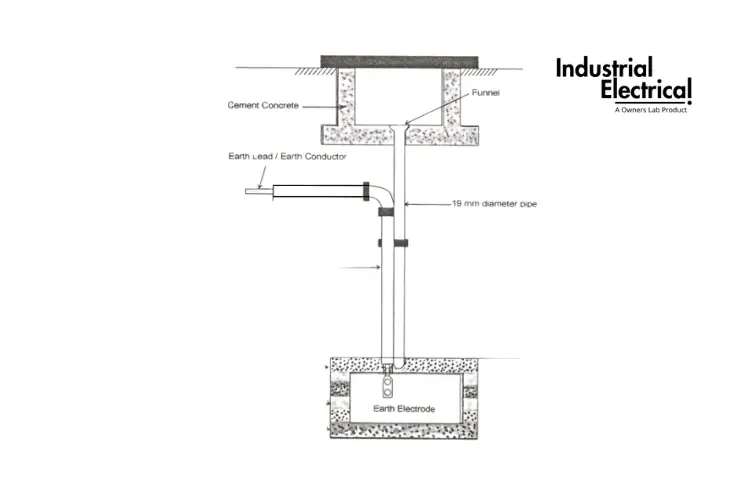
Earthing systems play a crucial role in ensuring electrical safety, and their significance is underlined by the Indian Electricity Rules, 1956. These rules provide a framework to regulate electrical installations and ensure the protection of life and property. In this blog, we will delve into the essentials of earth pits, earthing systems, and related concepts as outlined in the Indian Electricity Rules, 1956. We’ll also explore how these systems contribute to safety and compliance..Read more
How to Set Siemens 7SR1003 Relay
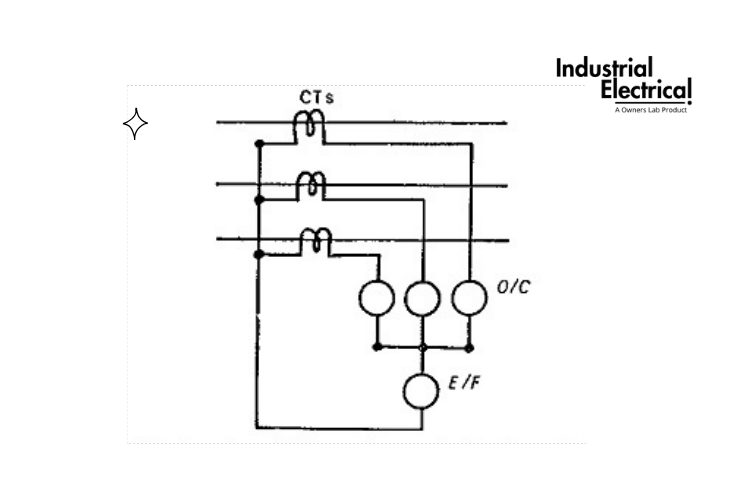
In this article, we focus on how to Set Siemens 7SR1003 relay parameters for protection of a 3 MVA, 33/0.433 KV Transformer using the example of a 33kV Substation with SEIMENS Switchgear.
7SR1003 Relay basically known as Nondirectional O/C Relay provides phase overcurrent (50/51) and earth fault (50N/51N) protection…Read more
Transformer Faults: Essential Tests and Procedures
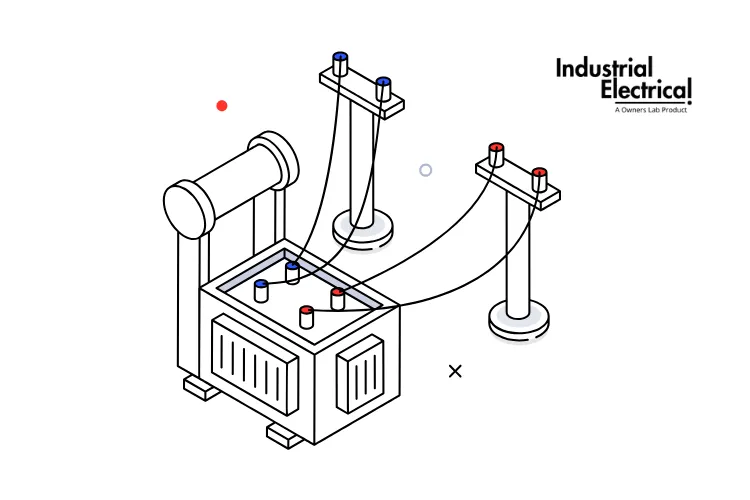
Power transformer faults are broadly categorized as internal or external. Internal faults occur within the transformer, such as winding short circuits or insulation failures, while external faults involve issues like lightning strikes or grid disturbances. Diagnostic tests are crucial for identifying these faults. They evaluate electrical, mechanical, and insulation integrity, helping determine damage severity and guide decisions for repairs or replacements, ensuring reliable transformer operation…Read more
Overcurrent Relay Settings and Coordination (ANSI code 50/51)
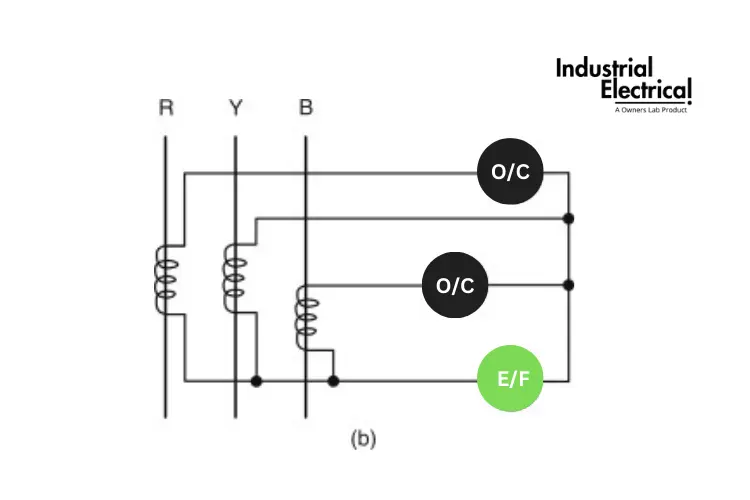
Overcurrent relays are critical components in electrical protection systems, ensuring equipment safety from excessive currents that could cause damage or faults. These relays come in two primary types: instantaneous overcurrent (ANSI 50) and time overcurrent (ANSI 51). Understanding overcurrent relay settings is essential for optimizing protection and coordination within power systems…Read more
L&T sold its E&A business to Schneider Electric

This blog explores the strategic move by Larsen & Toubro (L&T) to sell its Electrical and Automation (E&A) business to Schneider Electric, analyzing its implications for both companies and the electrical sector in India…Read more
JioHotstar.com Domain Ownership Controversy

The unfolding drama surrounding JioHotstar.com—a domain bought by a Delhi-based app developer, who dreamed of a lucrative deal with India’s corporate giant, Reliance Industries, only to see it swept up in an entirely unexpected twist…Read more
Top 10 Largest Power Plants in the World
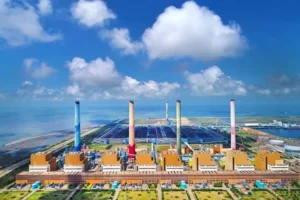
This blog will take you through the top 10 largest power plants both globally and in India, as well as insights into hydroelectric power generation, focusing on the largest units and their voltage ratings. …Read more
Protective Relays in Electrical Power Systems
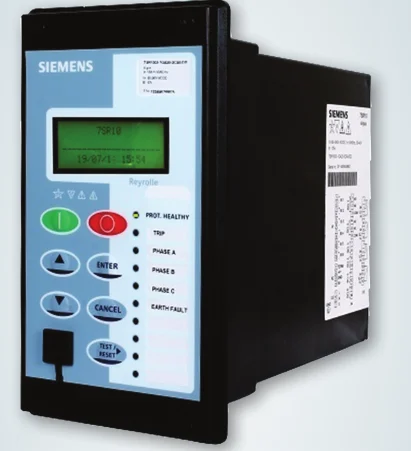
Protective relays are critical devices that ensure the safe and reliable operation of power systems by detecting abnormalities and initiating protective actions. In this article, we will explore various types of protective relays in Electrical Power Systems, with a specific focus on generator protection, along with their ANSI codes, applications, and other relevant information…Read more
Series Reactors: Applications in Electrical Power Systems

A series reactor, also known as a line reactor, is an inductive component placed in series with a circuit to limit the current, control harmonics, and improve power quality. Its primary function is to oppose changes in current, providing inductive reactance that helps protect electrical equipment and stabilize the system…Read More
Static Excitation Systems: Operation and Applications

An excitation system in HT motors is responsible for providing the necessary field current to the rotor. This system ensures the creation and maintenance of the rotor’s magnetic field, which interacts with the stator’s rotating magnetic field to produce torque. The excitation system regulates this field current to maintain optimal motor performance, stability, and efficiency…Read more
Energy Audits: Reduce Power Consumption in Industrial Plants

Conducting energy audits is a proven method to identify inefficiencies and reduce power consumption, leading to significant savings and a smaller carbon footprint.
In today’s competitive industrial landscape, reducing energy consumption is not just about cutting costs; it’s about ensuring sustainability and operational efficiency. Industrial plants are some of the largest consumers of energy, which means they have a substantial impact on both the environment and their own bottom line…Read more
How To Calculate Motor Full Load Current With Calculator
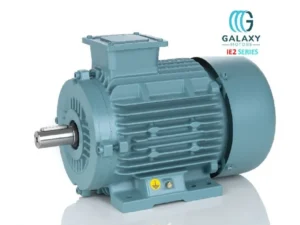
Motors, whether single-phase or three-phase, are integral to industrial operations, home appliances, and various other applications. Understanding how to calculate the full load current and knowing the permissible settings is critical for the efficient and safe use of motors. This article delves into the essential aspects of motor full load calculation, both for single-phase and three-phase systems, along with insights on permissible settings to ensure optimal performance and safety…Read more
What is harmonics and how to reduce harmonics

Distortions in the electrical waveform for non-linear loads are called harmonics.In an ideal electrical system, the current and voltage waveforms are perfectly sinusoidal. However, when the waveform deviates due to additional frequencies that are integer multiples of the fundamental frequency (e.g., 50 Hz or 60 Hz), these are known as harmonics..Read More
Modern Engineering

The Challenges of Manufacturing Semiconductor Chips
The commercial production of advanced semiconductor chips, particularly those with a size of less than 7 nanometers (nm), is an immense and intricate endeavor. This blog explores the key obstacles in this domain, primarily focusing on the need for a skilled workforce and the requisite equipment….Read more
India's First Hydrogen Train to Revolutionize Rail Transport on March 31

India is set to achieve a new milestone in the history of Indian Railways on March 31, astonishing the entire world. On this day, the wheels of the hydrogen train will roll on the tracks. From steam engines to electric trains, India is now stepping into the era of hydrogen trains.
At present, the final phase of work is underway at the Integral Coach Factory (ICF) in Chennai. ICF General Manager Subba Rao has stated that India is launching the world’s most powerful hydrogen train. While only a handful of countries have been able to manufacture hydrogen trains, the power of their engines ranges between 500 to 600 horsepower. Read more
Interview Insight
Interview Insight # 1

Shinjini Singh
Worked at Tata Power Company Limited.
Interview Insight # 2

What are some technical questions asked during an interview in a core electrical engineering company?
